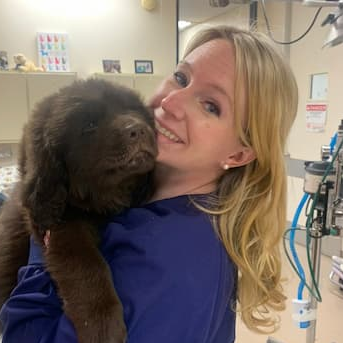Fecal Microbiota Transplantation in Animals
A special issue of Microorganisms (ISSN 2076-2607). This special issue belongs to the section "Veterinary Microbiology".
Deadline for manuscript submissions: 31 August 2024 | Viewed by 1946
Special Issue Editors
Interests: infectious diseases; clostridioides difficile; microbiome; fecal microbiome transplantatiom
Interests: microbiome in non-human primates; clostridioides difficile; microbiome in humans
Interests: gastrointestinal infections in animals; application of microbiome transplantation in domestic animal
Special Issue Information
Dear Colleagues,
This Special Issue is entitled "Fecal Microbiota Transplantation in Animals". FMT works by altering the gut bacterial community of an animal and re-establishing a stable state, or by providing potentially protective bacteria against local and systemic lesions. FMT can have potential therapeutic effects on intestinal diseases, cardiovascular diseases, immune diseases, infectious encephalopathy, psychiatric disorders, and other conditions.
Some of its focal points include, but are not limited to, the following:
- The use of microbiota transplantation in food animals;
- Applicability of microbiota transplantation in domestic animals;
- Experience of microbiota transplantation in wild or non-domesticated animals.
Reviews, original research, and communications are welcome in this Special Issue.
Dr. Glenn S. Tillotson
Dr. Kelly Reveles
Guest Editors
Ms. Joni Meehan
Guest Editor Assistant
Manuscript Submission Information
Manuscripts should be submitted online at www.mdpi.com by registering and logging in to this website. Once you are registered, click here to go to the submission form. Manuscripts can be submitted until the deadline. All submissions that pass pre-check are peer-reviewed. Accepted papers will be published continuously in the journal (as soon as accepted) and will be listed together on the special issue website. Research articles, review articles as well as short communications are invited. For planned papers, a title and short abstract (about 100 words) can be sent to the Editorial Office for announcement on this website.
Submitted manuscripts should not have been published previously, nor be under consideration for publication elsewhere (except conference proceedings papers). All manuscripts are thoroughly refereed through a single-blind peer-review process. A guide for authors and other relevant information for submission of manuscripts is available on the Instructions for Authors page. Microorganisms is an international peer-reviewed open access monthly journal published by MDPI.
Please visit the Instructions for Authors page before submitting a manuscript. The Article Processing Charge (APC) for publication in this open access journal is 2700 CHF (Swiss Francs). Submitted papers should be well formatted and use good English. Authors may use MDPI's English editing service prior to publication or during author revisions.








